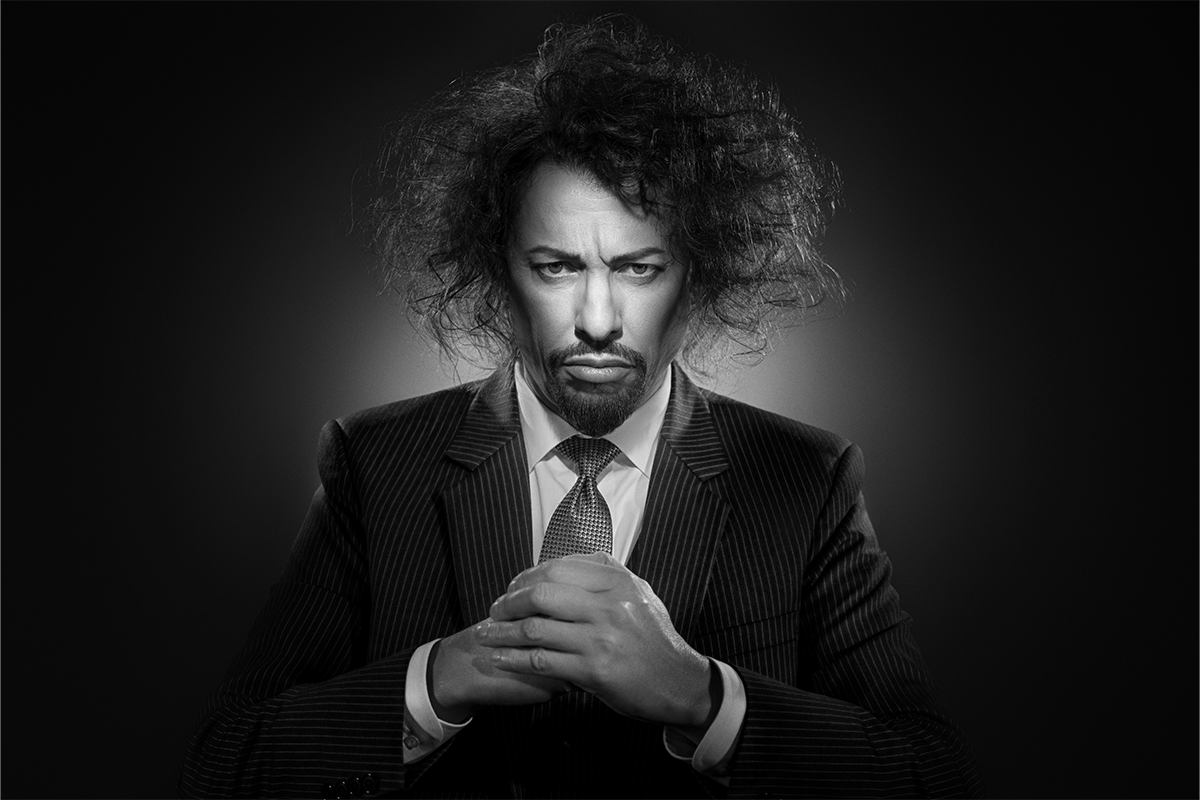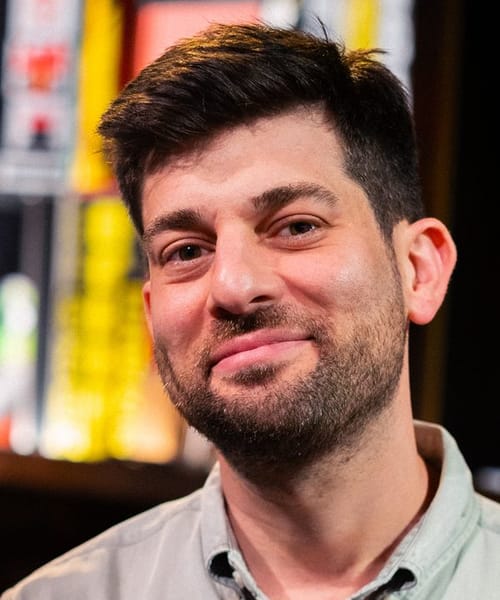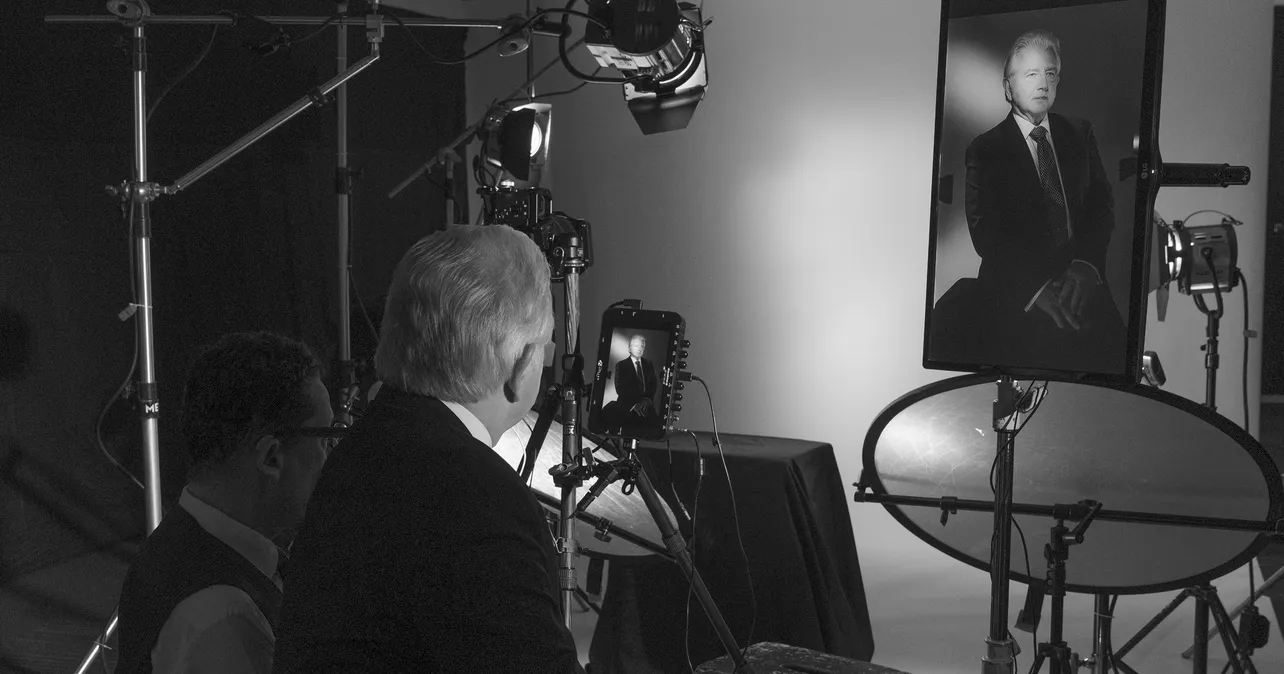Noah Levine, sat down with the Paris-based photographer to learn more about the striking black-and-white portraits Belamy has been recording for his forthcoming book, The Magic of Studio Noir.
What motivated Belamy to create such a project? How does he choose who is involved? How does one create such visual energy and vibrancy with shade and light? Noah had a lot of questions. Here’s what Belamy had to say.
Noah Levine: Can you tell me a little bit about your origins in magic and photography?
Zakary Belamy: I started magic in 1995. I was doing some work with photography as an amateur, and I was also doing some work as an amateur magician. I was working professionally as a computer engineer, and then in 2004, I was fired by my boss. I sued him and got a lot of money, so I can’t complain.
So, I launched my career as a photographer in 2004, because I could not be a magician. I was not able to create. I was frustrated because I was just a performer. I thought, “I can create something for magic, but I can’t create magic.” I chose to be a photographer for magicians, because there was no one in that market.

NL: You have shot over 150 black-and-white portraits of magicians, which you plan to publish in a book called The Magic of Studio Noir. But you didn’t start with those sorts of portraits, did you? When did you start concentrating on studio portraits?
ZB: After almost 20 years of shooting magicians on stage, I was tired, I think, and I said, “I need to change. I need to reinvent myself.” I bought three small Fresnel LED lights for black-and-white portraits. I was amazed by these three small lights. It looked almost like a Hollywood portrait. We say Hollywood portrait, but actually it’s a French style. Hollywood just copied it.
NL: Can you talk a little more about that style of portraiture, and where you found the inspiration?
ZB: You may have seen Beauty and the Beast, the black-and-white movie from the 1940s, directed by Jean Cocteau. The director of photography was Henri Alekan. He created the “glamor” portrait using Fresnel lenses. He reinvented the black-and-white movie with beautiful contrast and halos. I absolutely use the same techniques.
NL: Tell me a little bit about Félix Nadar; I think you’ve mentioned his influence as well.
ZB: He was a very important early French portrait photographer. People need to understand that the modern portrait was invented by Nadar. He was a painter and could make sketches, so he knew everything about poses, and this made his photos quite modern.
He was a crazy guy. He didn’t have, as we say in French, “his tongue in his pocket.” He said things people didn’t like, so he got in a lot of trouble with the authorities because he was politically a free mind. [The painters’ lobby] went to war with him, because they were spending hours a day painting when Nadar was selling photographic portraits, which was quite modern at that time. Nadar and Alekan inspired me a lot.

